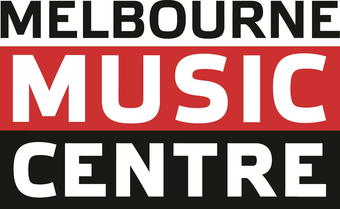If you're a guitar player, you've probably heard of a capo before. But what exactly is it and how do you use it? In this blog post, we'll explain what a guitar capo is and give you some tips on how to use it effectively.
What is a guitar capo?
A guitar capo is a device that clamps onto the neck of a guitar, effectively shortening the playable length of the strings. This allows the player to play in different keys without having to re-tune the guitar. For example, if you're playing a song in the key of G and want to play it in the key of A, you can place the capo on the second fret and play the same chord shapes as you would in the key of G.
There are different types of capos available, including spring-loaded capos, screw-on capos, and strap-on capos. They come in a variety of materials, such as plastic, metal, and rubber.
Capos come in various styles and designs, and each type of capo offers unique advantages and disadvantages. Lets take a look at the different types of guitar capos and their features.
- Spring-loaded capos: These are the most common types of guitar capos, and they are easy to use. They feature a spring-loaded mechanism that clamps onto the guitar's neck, holding the strings in place. Spring-loaded capos come in different sizes and shapes, and they can be used on both acoustic and electric guitars.
- Trigger capos: These are similar to spring-loaded capos but have a unique trigger-style mechanism that allows for quick and easy placement and removal. Trigger capos offer more control over the pressure applied to the strings, making them a good option for players who want to adjust the tension to achieve a specific tone.
- Partial capos: These capos only cover a few of the strings, allowing the other strings to ring open. Partial capos can be used to create unique and complex chord shapes, which can be challenging to achieve with standard tuning. They're often used in alternative and experimental guitar styles.
- Strap capos: These capos attach to the guitar's neck using a strap, which wraps around the guitar's neck and holds the capo in place. Strap capos are a good option for players who prefer a low-profile capo that doesn't get in the way of their playing.
- Screw-on capos: These capos attach to the guitar's neck using a screw-on mechanism. Screw-on capos are more secure than other types of capos, but they can be time-consuming to install and remove.
How to use a guitar capo
Using a guitar capo is fairly simple. Here are the steps to follow:
- Place the capo on the desired fret. Make sure the capo is centered on the fret and clamped firmly onto the strings.
- Test the tuning of the guitar. Depending on the capo and the guitar, the strings may go slightly out of tune when the capo is applied. It's important to check the tuning and adjust it if necessary.
- Play as you normally would. Once the capo is in place and the guitar is tuned, you can play the same chord shapes as you would in the open position, but the chords will sound higher in pitch.
Tips for using a guitar capo
Here are a few tips to help you use a guitar capo effectively:
- Experiment with different capo positions. Depending on the song and the key you want to play in, you may find that placing the capo on different frets yields different results.
- Pay attention to the tuning. As mentioned earlier, the strings may go slightly out of tune when the capo is applied. Make sure to check the tuning regularly and adjust as needed.
- Try using a partial capo. A partial capo is a capo that only covers a few strings instead of all six. This allows for unique chord voicings and can add some variety to your playing.

